8 Self-Sowing Flowers That Will Grace Your Garden With Colorful Blooms Year After Year
Let nature take over and plant self-sowing flowers that will provide beautiful blooms for years to come – the perfect plants for a cottage garden design.


Creating a beautiful garden takes work, but there are some smart shortcuts you can take to make it a little easier. One of these is using self-sowing or self-seeding flowers. These are annuals or perennials that readily drop their seeds after flowering, giving you new plants the following year.
Self-sowing flowers can be a blessing and a curse. Some spread too rapidly and too far, becoming a nuisance, while others gently repopulate beds, offering a free and easy way to fill your garden each year. The best way to manage self-seeding plants is to deadhead most of the flowers after they fade. Only let a few develop into seed heads, so you don’t get overwhelmed. You can also thin out any new plants in spring as they emerge from the ground and are still easy to pull.
Aside from making gardening a little easier, self-sowing flowers help you save money on new plants. They also provide a more natural look in the garden as they organically fill available spaces. They work particularly well in a cottage-style garden. Here are some examples of beautiful flowers that will self-seed if you let them.
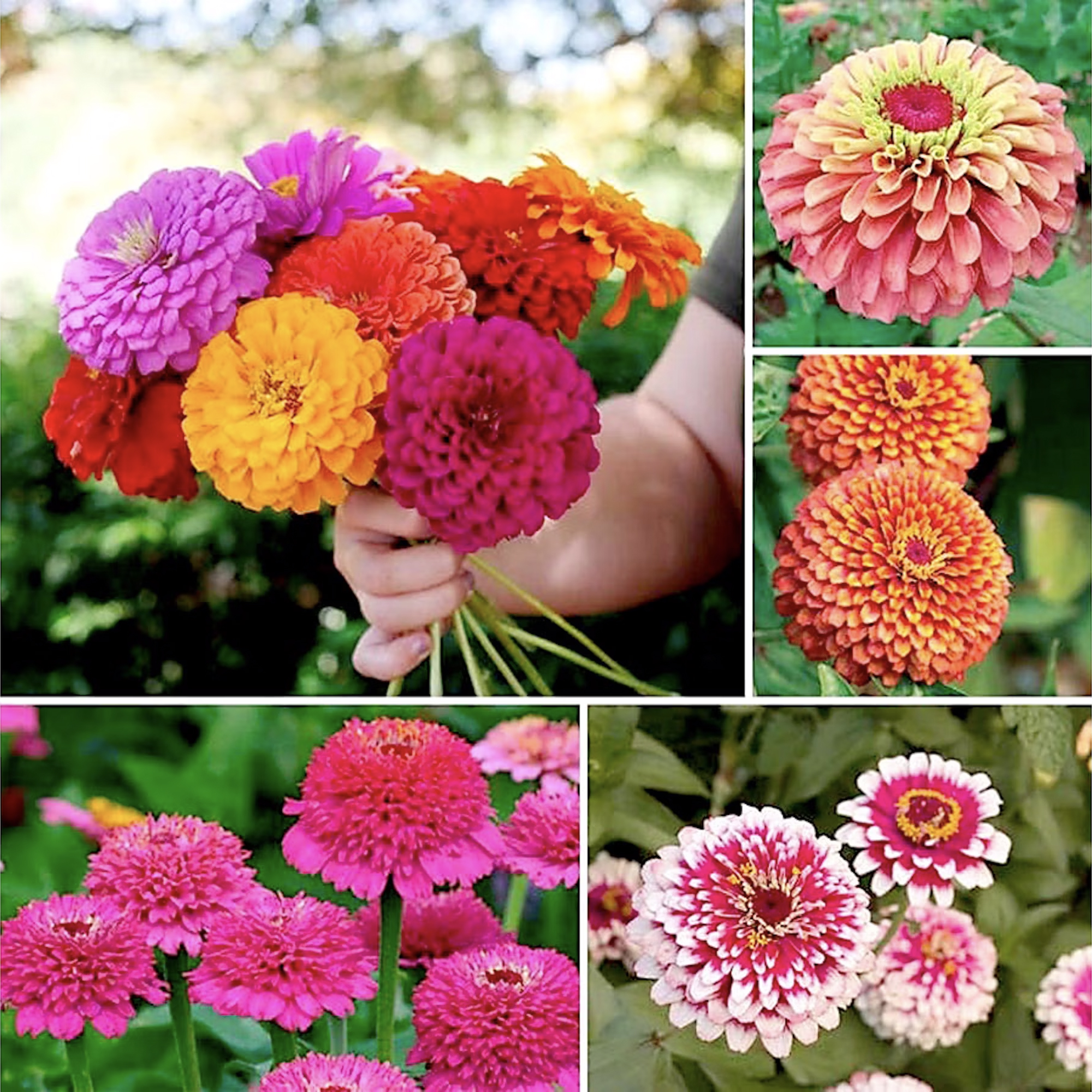
Transform your garden with our curated flower seed collections. Choose from Zinnias for Cutting Gardens, Butterfly Lovers, and Natural Remedies.
1. Coneflower
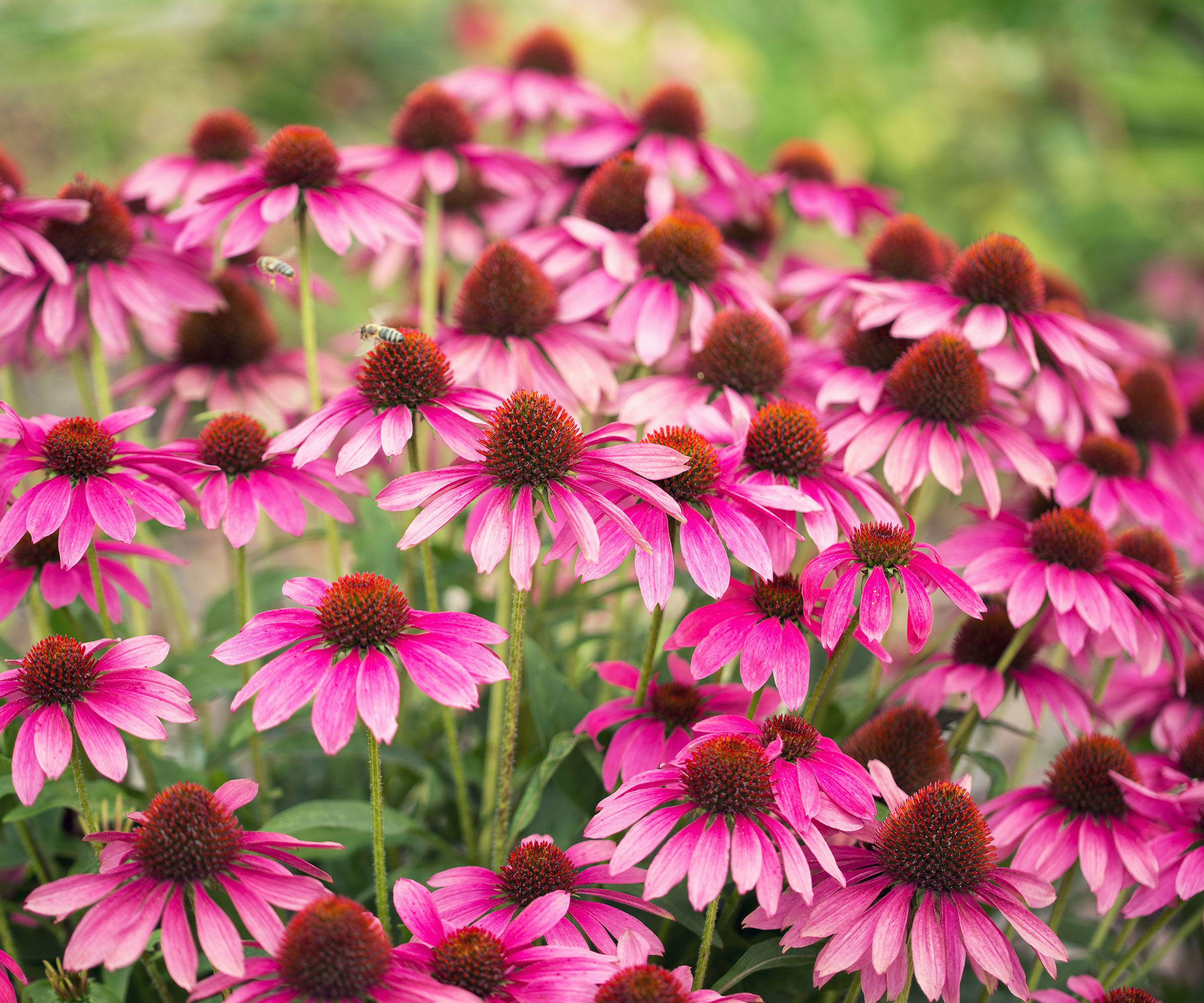
Also known as echinacea, coneflower is a pretty perennial with daisy-like flowers and impressive seedheads. Leave the seedheads in place for self-seeding and feeding native birds.
There are many types of coneflower, most of which are native in North America, including purple coneflower and yellow or Ozark coneflower. PowWow Wild Berry coneflower, available in our Butterfly Lovers Seed Collection, is an award-winning variety with vibrant magenta-purple blooms. For something a bit different, Cheyenne Spirit coneflowers bring the sunshine in hues of yellow, gold, orange, scarlet, red, and purple.
Find a species compatible with your USDA hardiness zone and plant in full sun.
2. Bee Balm
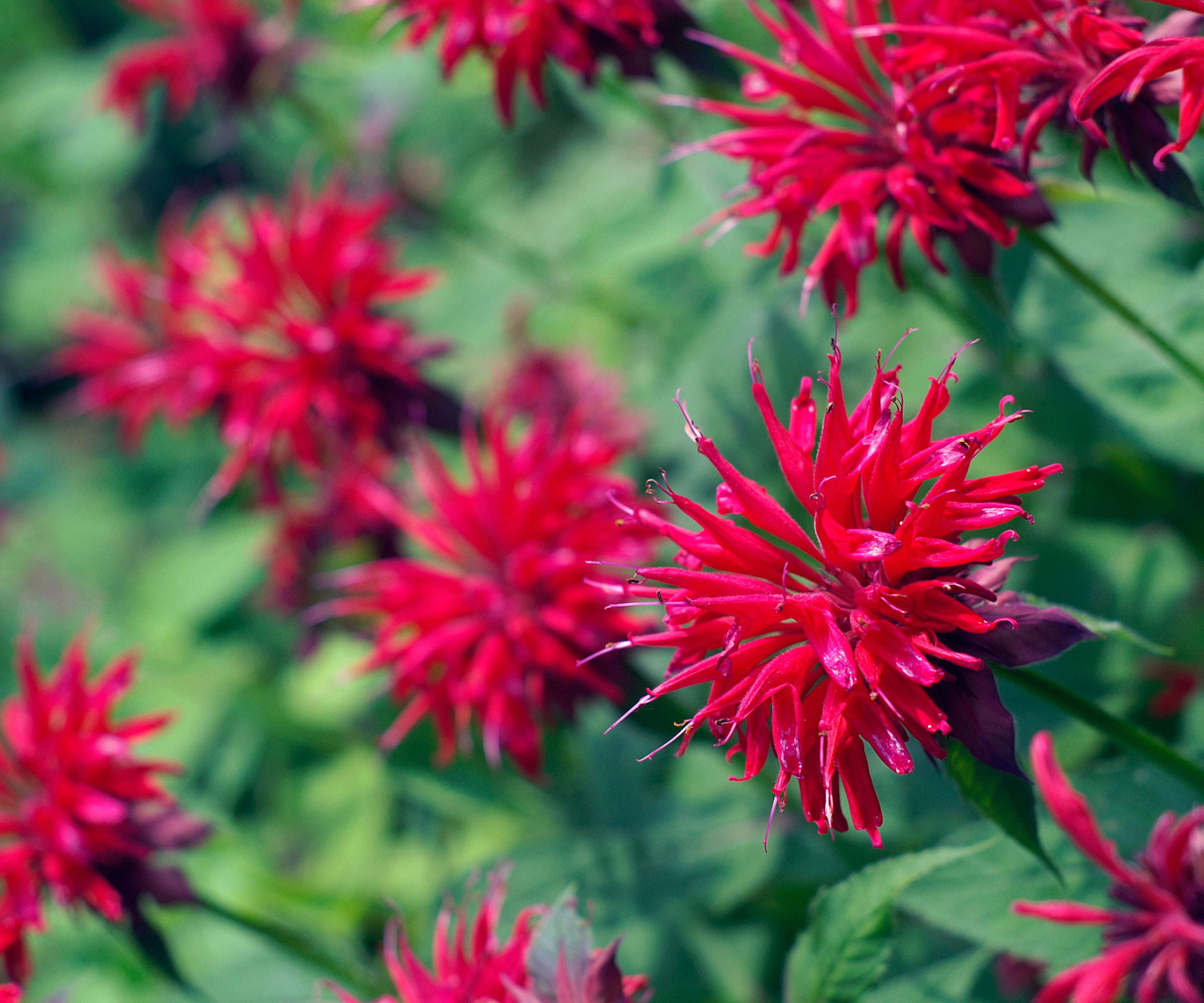
Bee balm (Monarda didyma) is a North American native perennial with showy flowers that attract beneficial pollinators. They will readily and prolifically self-seed, so you might need to thin out bee balm each year to manage it.
Gardening tips, videos, info and more delivered right to your inbox!
Sign up for the Gardening Know How newsletter today and receive a free copy of our e-book "How to Grow Delicious Tomatoes".
The plant is available in a range of hues, from red and pink to purple and white. Jacob Cline Bee Balm, available in our Native Pollinator Garden Kit, is perhaps the most stunning of all, with huge red flowers.
Bee balm grows best in full sun or partial shade with well-drained soil. Expect plants to grow a few feet tall.
3. Black-Eyed Susan
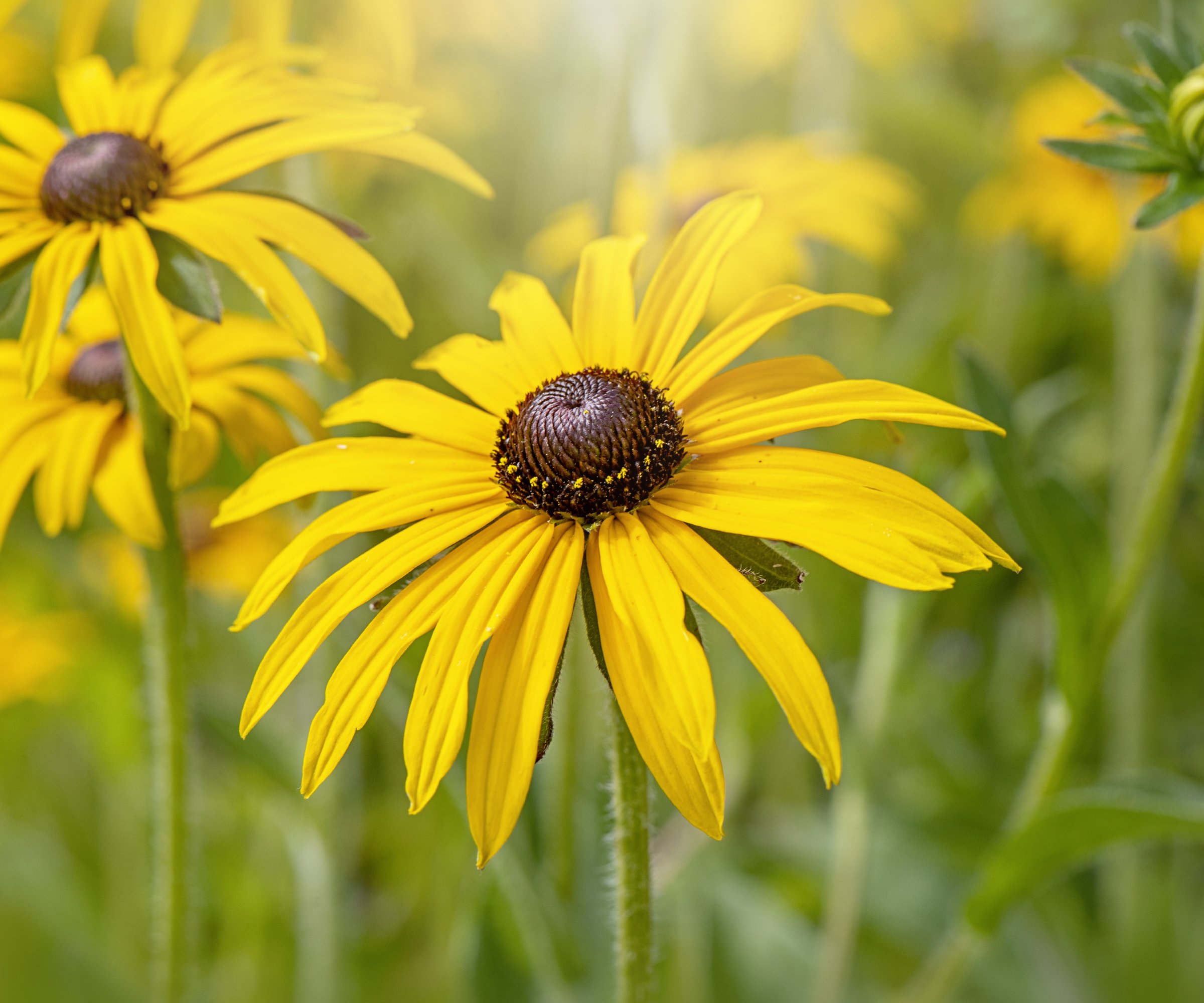
This is another pretty native wildflower. It’s a cheerful yellow, daisy-like flower that you’ll often see on roadways or in fields. In your garden beds, black-eyed Susan (Rudbeckia hirta) will develop seed heads that feed native birds. Leave them in place for the birds and to allow the plants to self-sow in the fall.
If you want to control the spread of black-eyed Susan, deadhead some of the flowers as soon as they fade.
4. Cosmos
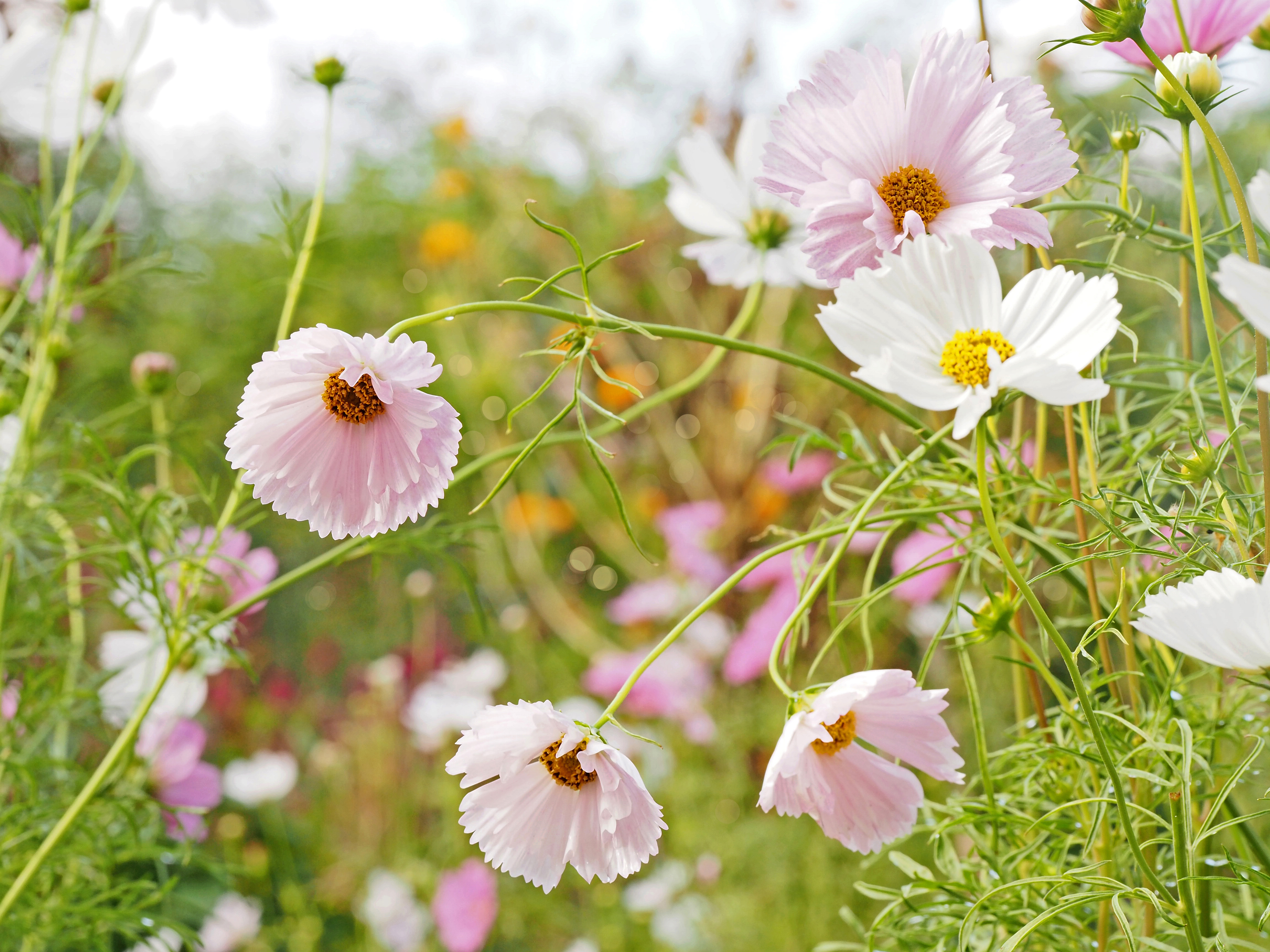
Cosmos (Cosmos bipnnatus) is an annual flower. It has pretty, papery blooms in various shades of pink, yellow, orange, and white that make great cut flowers. This is an example of an annual that self-seeds well. Instead of buying new cosmos to transplant or starting from a seed packet each year, let some of the flowers go to seed.
These easygoing flowers come in a range of shades and flower types. Cupcakes and Saucers Cosmos, available in the Shop, is perhaps the most unique of all, with petals that curve inwards to create a bowl-like appearance.
Cosmos plants are easy to grow in a variety of conditions, but they prefer full sun and soil that drains very well.
5. Sweet Alyssum
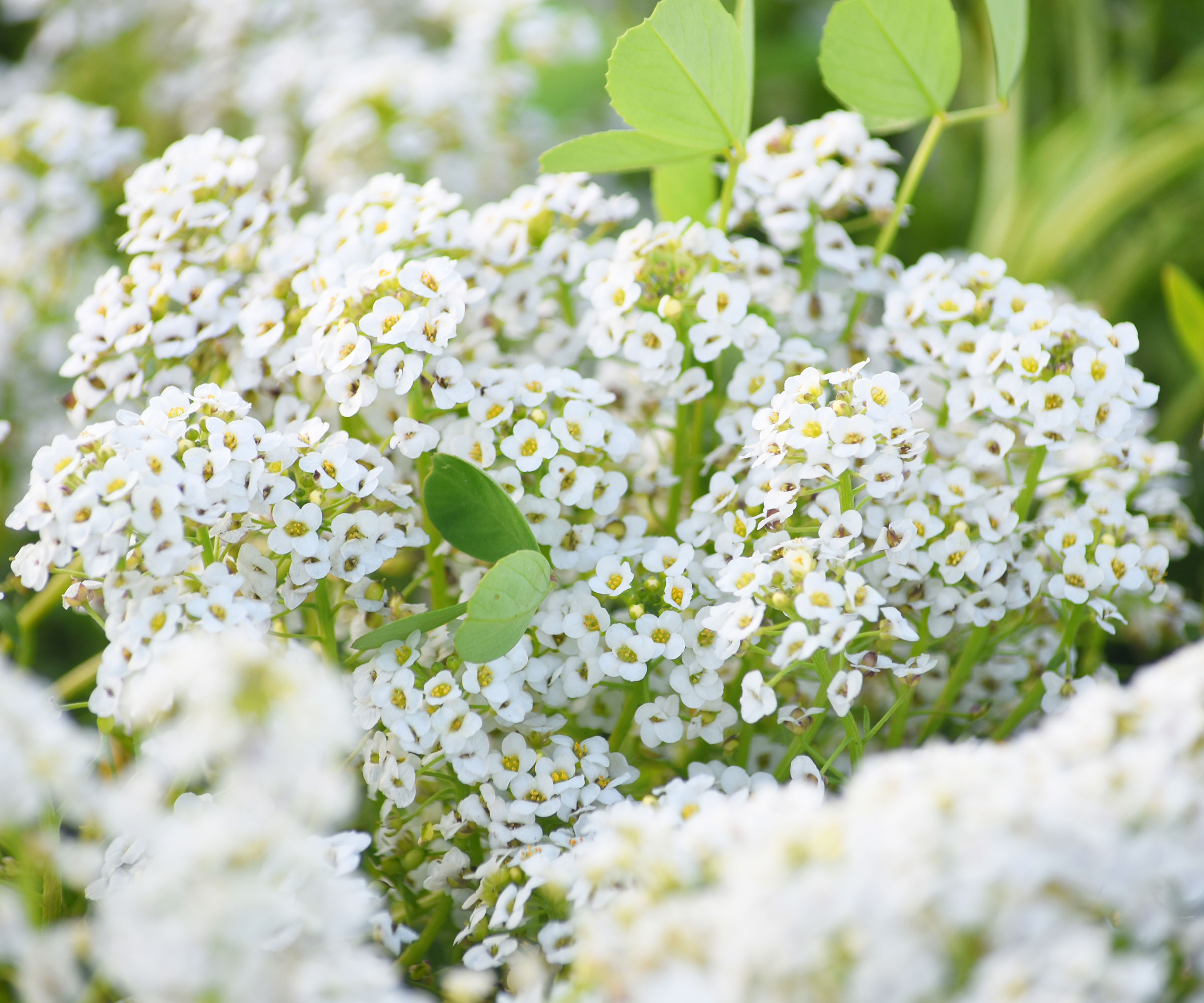
Sweet alyssum (Lobularia maritima) is another annual (short-lived perennial in warmer climates) that can self-seed if you let it. It has a sweet aroma and grows densely and low to the ground with an abundance of small white or purple flowers.
Alyssum looks nice along borders, where it softens the edge of a bed or sidewalk, in nooks of walkways and walls, and as a spilling element in a mixed pot.
Snow Crystals Sweet Alyssum, available in the Shop, is an award-winning variety that is more heat resistant than other types, so it can flower from spring to fall.
6. Calendula
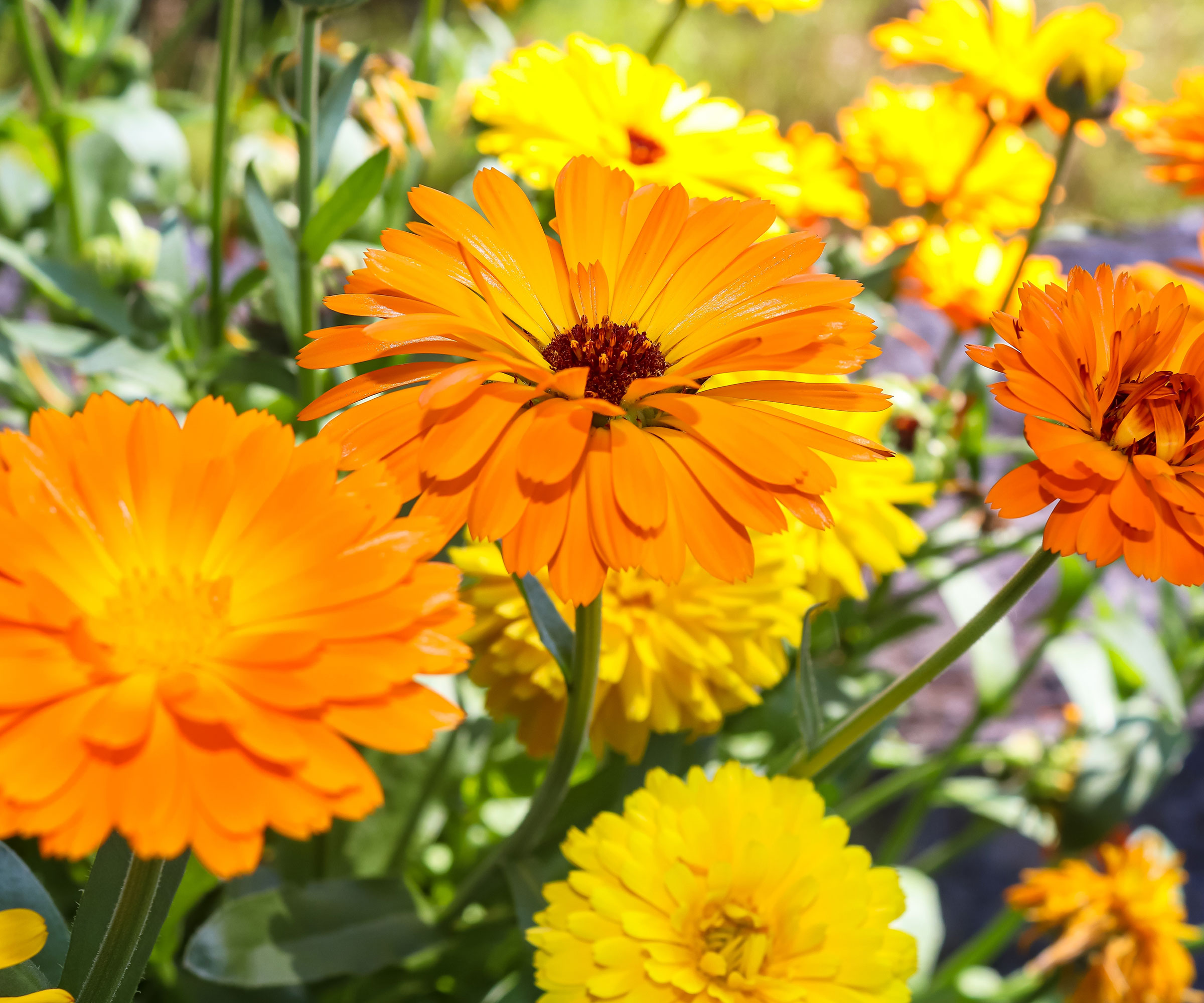
This cheerful annual flower comes in bright shades of yellow and orange. The flowers look like daisies but without the dark centers. They are edible and have some medicinal uses.
Also known as pot marigold, calendula (Calendula officinalis) is native to the Mediterranean and only grows as an annual in most parts of North America. It will self-seed, though, so let the flowers go to seed and wait to see what sprouts the following spring.
Our recommended variety is Orange Flash, part of our Natural Remedies Seed Collection, available in the Shop.
7. Columbine
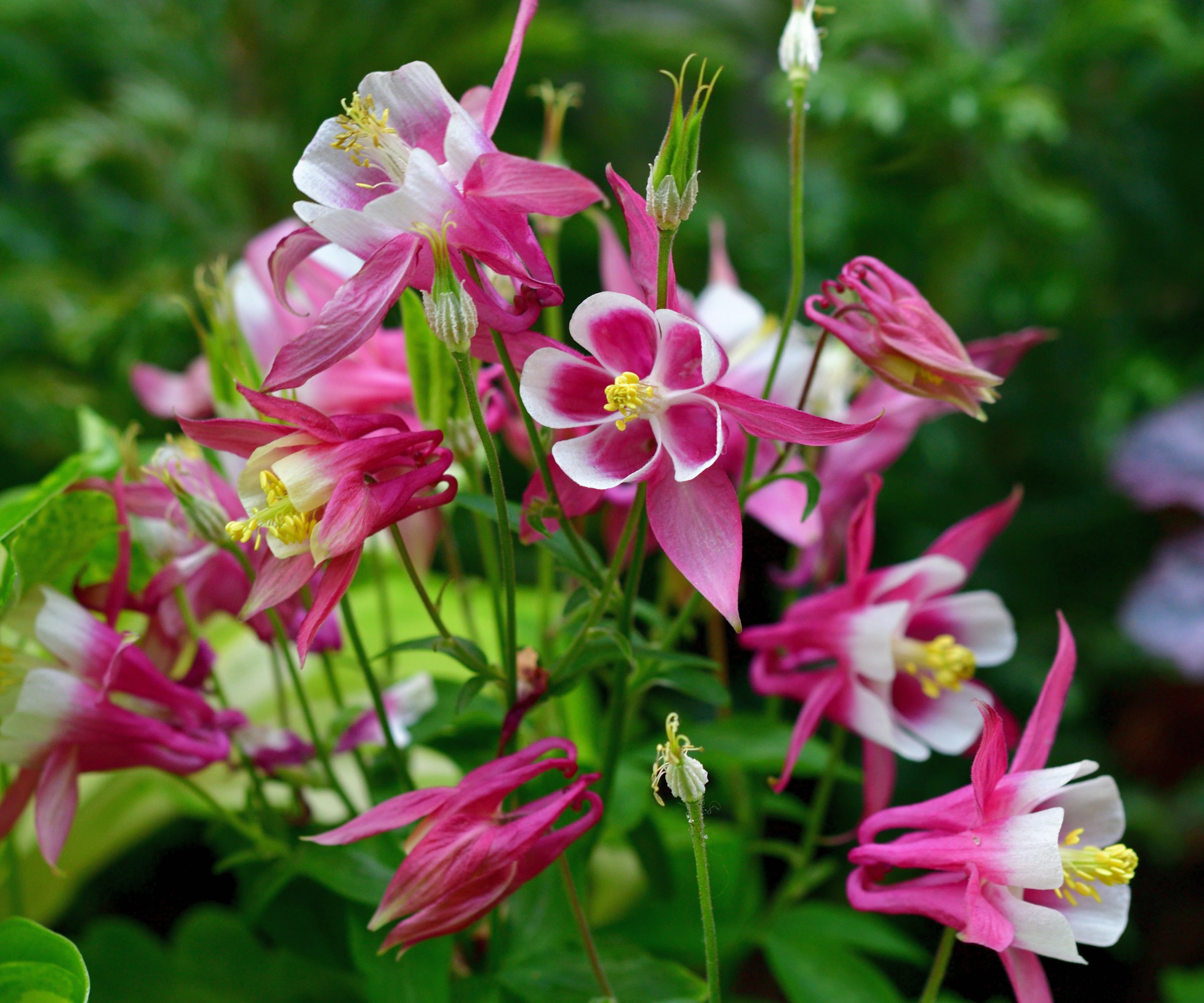
This is a great perennial for a cottage garden look. Columbine (Aquilegia) includes several species native to North America. The plants can grow up to three feet (90cm) tall, with uniquely shaped and colorful flowers that hang delicately from tall stems.
Columbine is a short-lived perennial but will self-seed, so you can enjoy it year after year from the same plant. Plant columbine in full sun or partial shade with moist but well-drained soil.
8. Foxglove
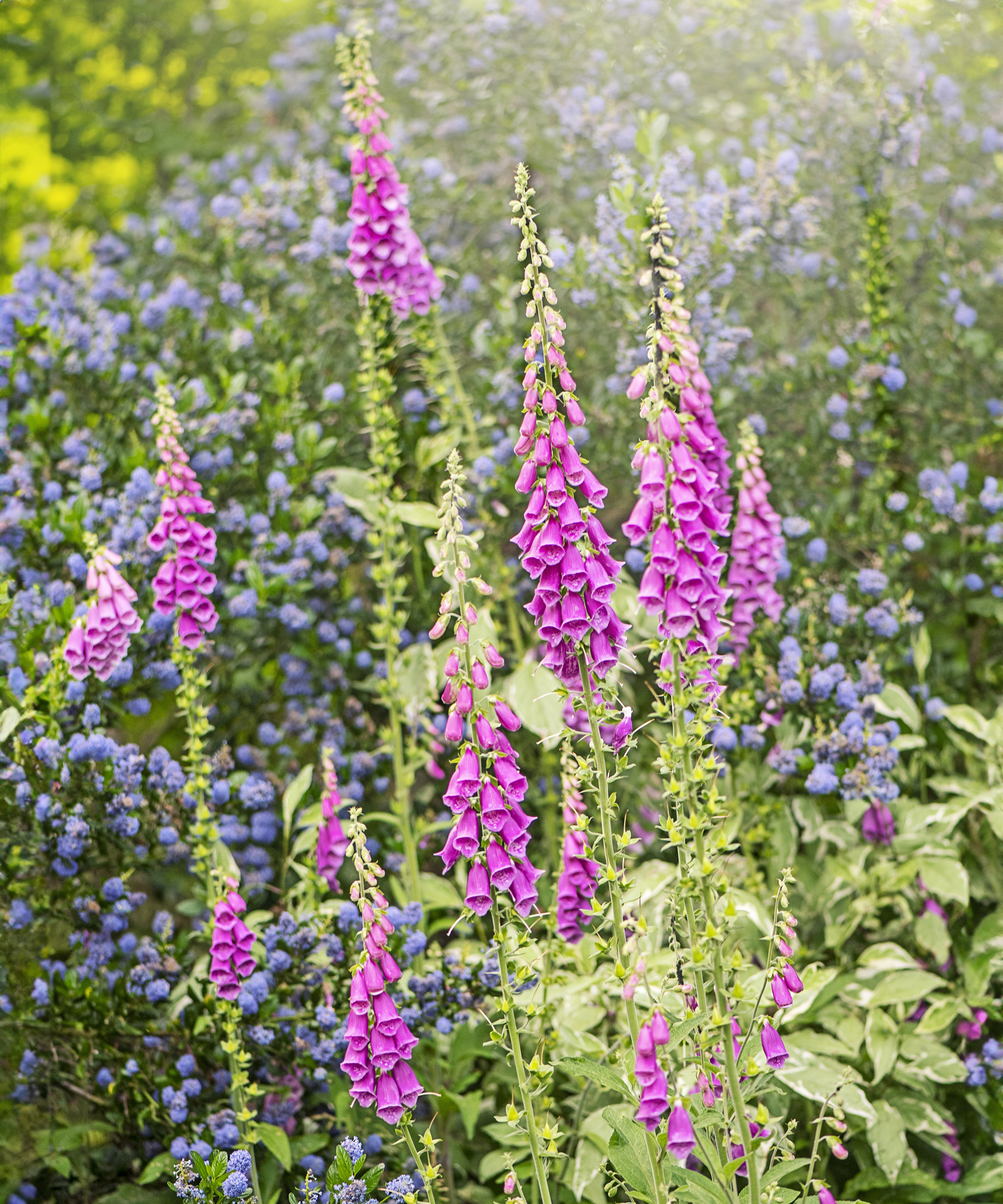
Foxglove (Digitalis purpurea) is another popular choice for a cottage garden. The plants grow tall with numerous bell-shaped flowers hanging from tall stems. This is not a native North American species, but it isn’t invasive, either. It is only biennial, so it actually relies on self-seeding to perpetuate year after year.
Plant foxglove in full sun, and let the flowers go to seed after they bloom in the summer. Be aware that foxglove is poisonous and take care if you have pets or small children.
More Flower Growing Inpsiration
- Discover the 8 vibrant flowers to plant that will make butterflies flock to your garden.
- Browse seed-starting essentials in the Gardening Know How Shop – from seedling trays and lids to growing kits and seed collections.
- Want to grow a cut flower garden? Try these 8 easy blooms for beginners.
- Elevate darker areas with these 7 shade-loving flowers to start from seed in spring for blooms all summer long.
- Sign up for the Gardening Know How Newsletter to receive regular growing inspiration and exclusive offers straight to your inbox.
This article features products available from third party vendors on the Gardening Know How Shop.

Mary Ellen Ellis has been gardening for over 20 years. With degrees in Chemistry and Biology, Mary Ellen's specialties are flowers, native plants, and herbs.
-
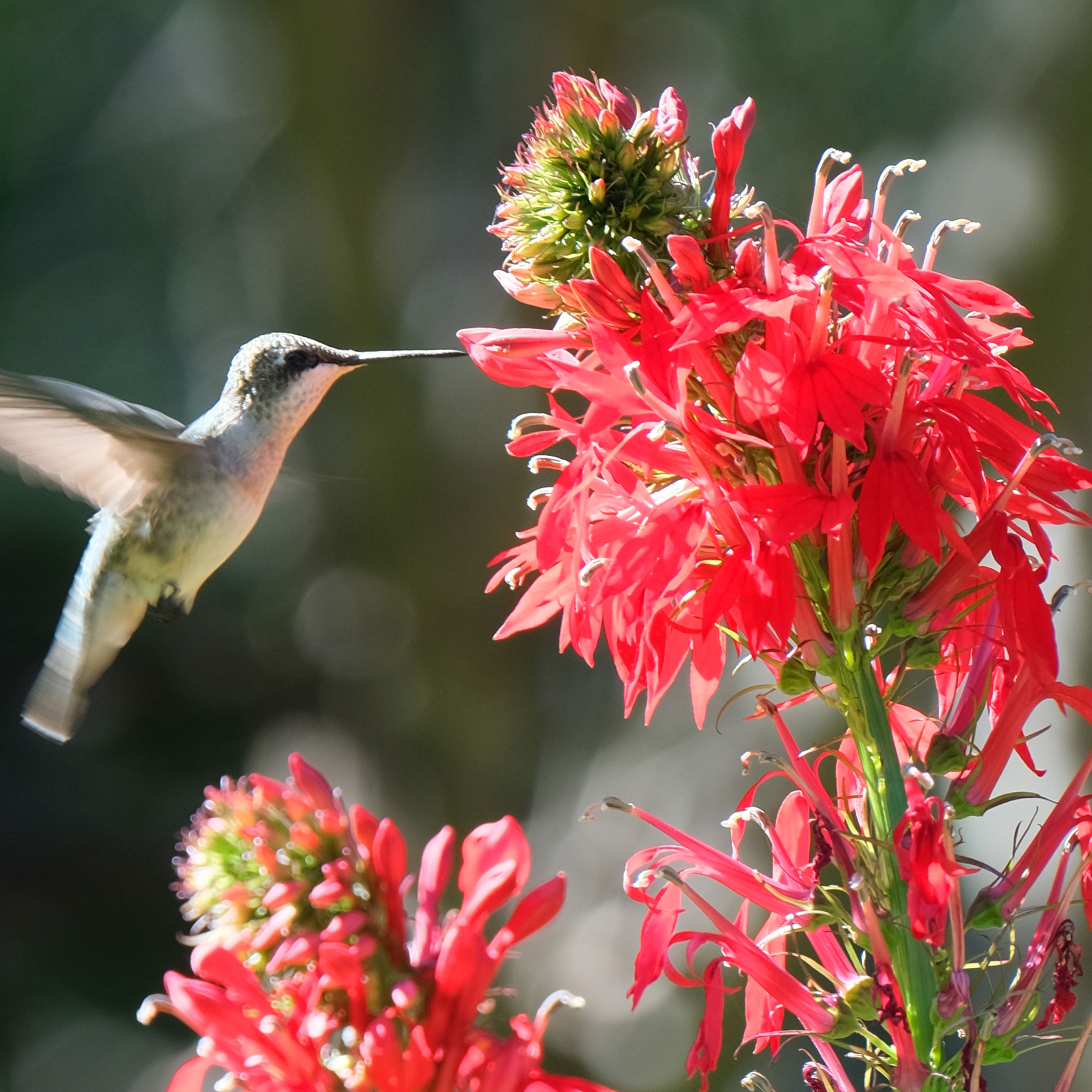 Get Ready For A Summer Of Hummers! Grow These Full Sun Hummingbird Plants and Flowers
Get Ready For A Summer Of Hummers! Grow These Full Sun Hummingbird Plants and FlowersIf you’re lucky enough to enjoy a sunny backyard, make sure you are maxing out on your pollinator opportunities and grow these full sun hummingbird plants and flowers
By Tonya Barnett
-
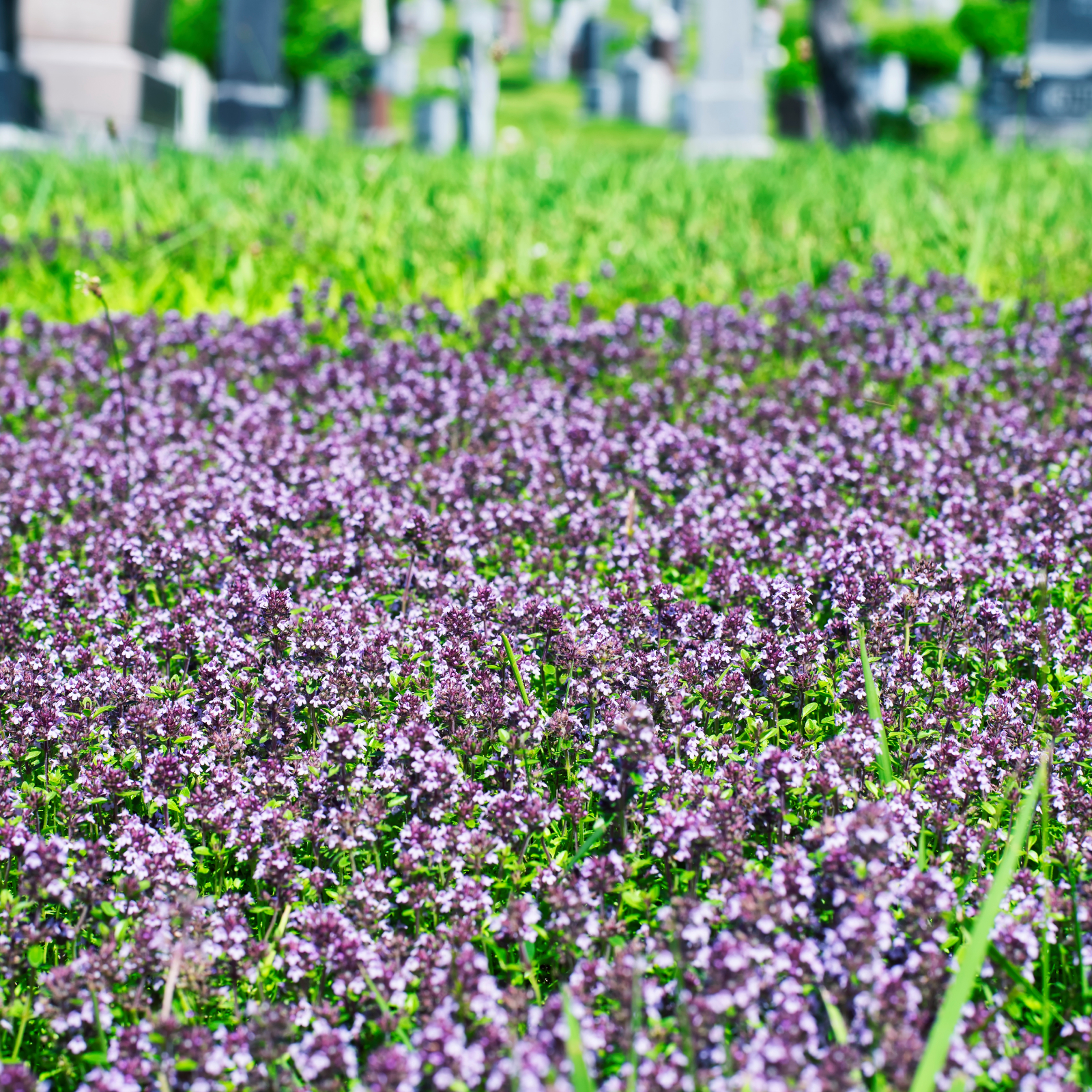 12 Lush Alternatives To A Lawn For Sustainable Spaces
12 Lush Alternatives To A Lawn For Sustainable SpacesAlternatives to a lawn are beautiful and also beneficial to your local ecosystem and its pollinators. Explore our top picks for plants to replace grass.
By Tonya Barnett